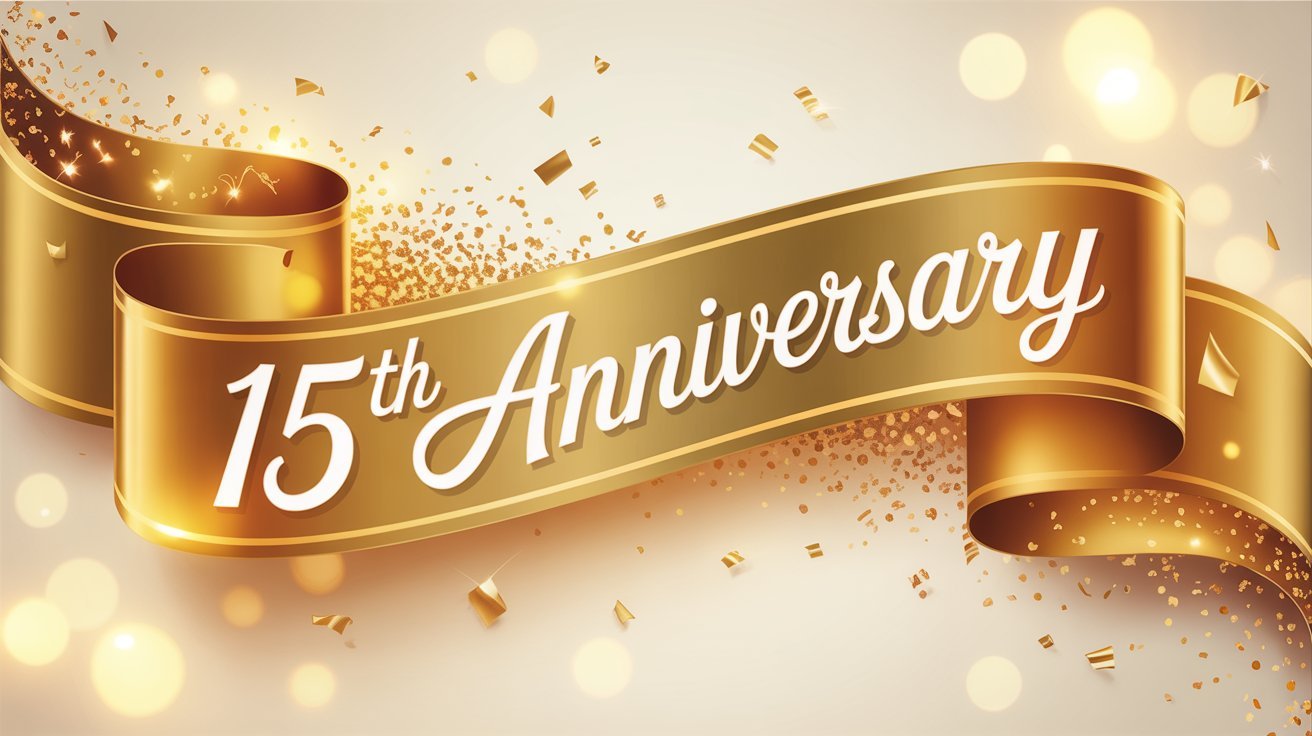
After hitting an early morning high of $24 a share, Pandora closed out its first day of trading at $17.79, roughly 9% higher than its starting price of $16 a share, for a market cap of $2.78 billion. It’s a more modest market cap than the earlier highs of $3.5 and $3.7 billion, but it’s still significantly higher than the $1.9 billion Pandora was previously valued at when it had priced its shares at $10 to $12 each.
Pandora hit the NYSE Wednesday morning, and less than half an hour into trading, the company’s stock was soaring 35% at over $21 a share for a market cap of more than $3 billion, making quite a few happy millionares. That’s a far cry from the estimated $1 billion valuation Pandora was given two weeks ago when it priced its IPO at $7 to $9 a share. On Tuesday night, initial trading priced the company’s shares at $16 for a valuation of $2.6 billion. Can Pandora keep up the momentum?
The company’s skyrocketing share prices come amid a recent string of naysayers who have warned investors against buying Pandora shares at such high prices. Pandora was considered a safe bet until it raised its share prices from the $7-$9 range to the $10-$12 range, causing some analysts to grow leery. Specifically, BTIG Research released a report advising investors not to buy Pandora stock at the $10 to $12 prices, arguing that Pandora’s shaky future and inability to turn a profit over the last 11 years make it an unwise investment. Rather, the research firm argued, a more accurate share price for Pandora would be $4 to $5 a share.
Investors clearly disagree. Pandora hit the ground running this morning at $20 a share, nearly triple the $7-per-share price tag it had previously put on its shares. The company’s popularity as the premier online music streaming service is a force to reckon with. Pandora claims a full 60% of the online listening market. Meanwhile, competitors like Spotify are rising and looking to get into the space, but will have to contend with Pandora’s established and diffused industry presence.
Thus far, it would appear that Pandora is one more in the string of recent successful Web IPOs, including LinkedIn, which hit the market back in May at $80 a share, closing its first day at $94—a full 109% over its initial price of $40 a share for a market cap of $8.91 billion. Today, LinkedIn is down to a more modest $75 a share, which is still significantly higher than its initial price of $40.
Demand Media also had an explosive first day of trading when it made its initial public offer in January, soaring out of the gates at 40% over its initial price of $17 a share. Today, Demand’s stock has taken a hit and is now trading at $14.91 a share.
So Pandora’s future from here on out is anyone’s guess, but if the company has been able to survive the last 11 years while founder Tim Westergren was maxing out credit cards just to keep the business running, it’s certainly not going anywhere now.
Image source: blogspot.com


















